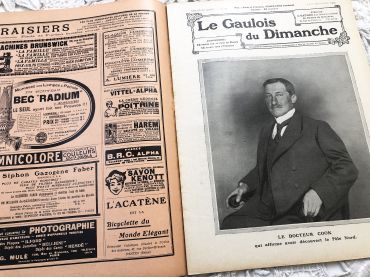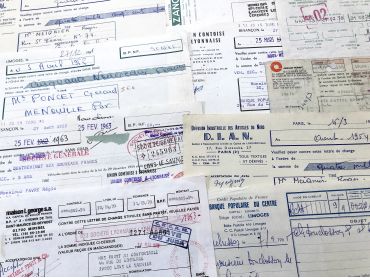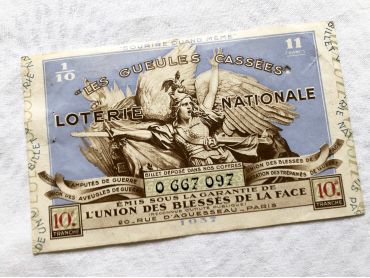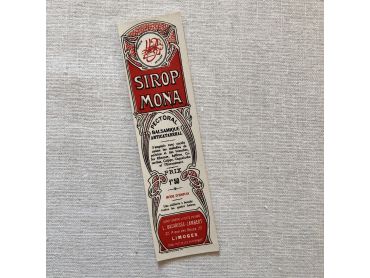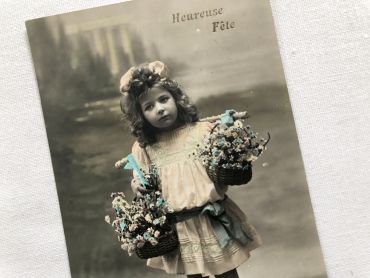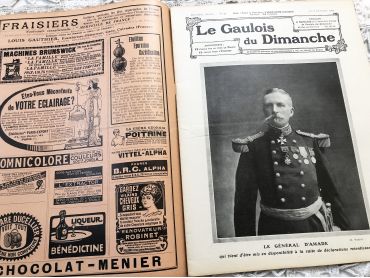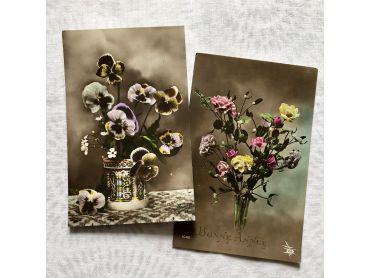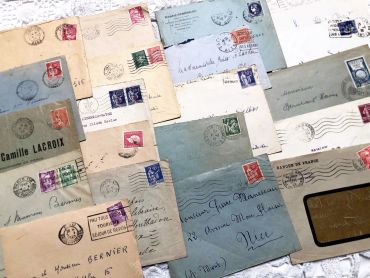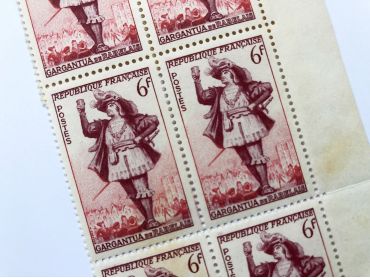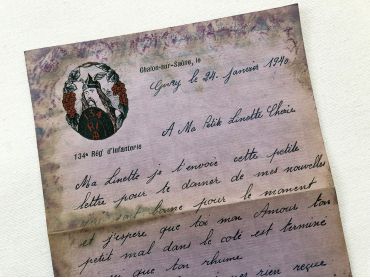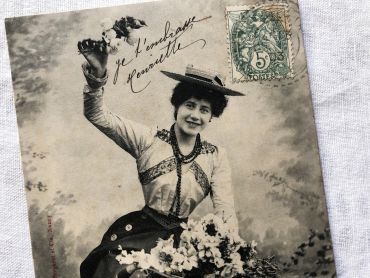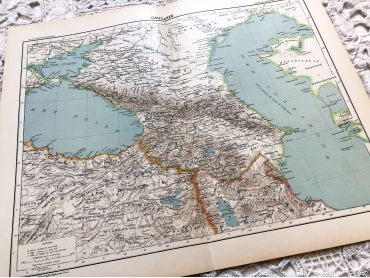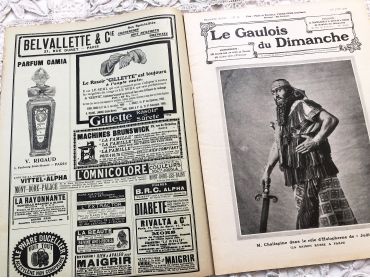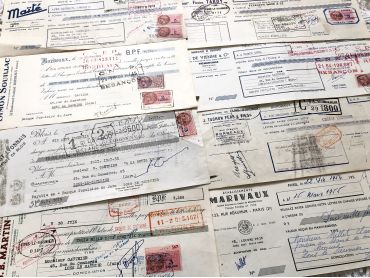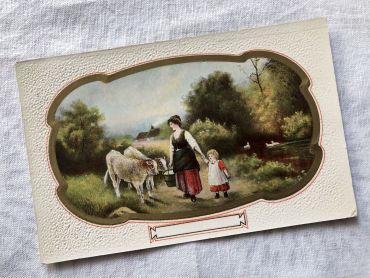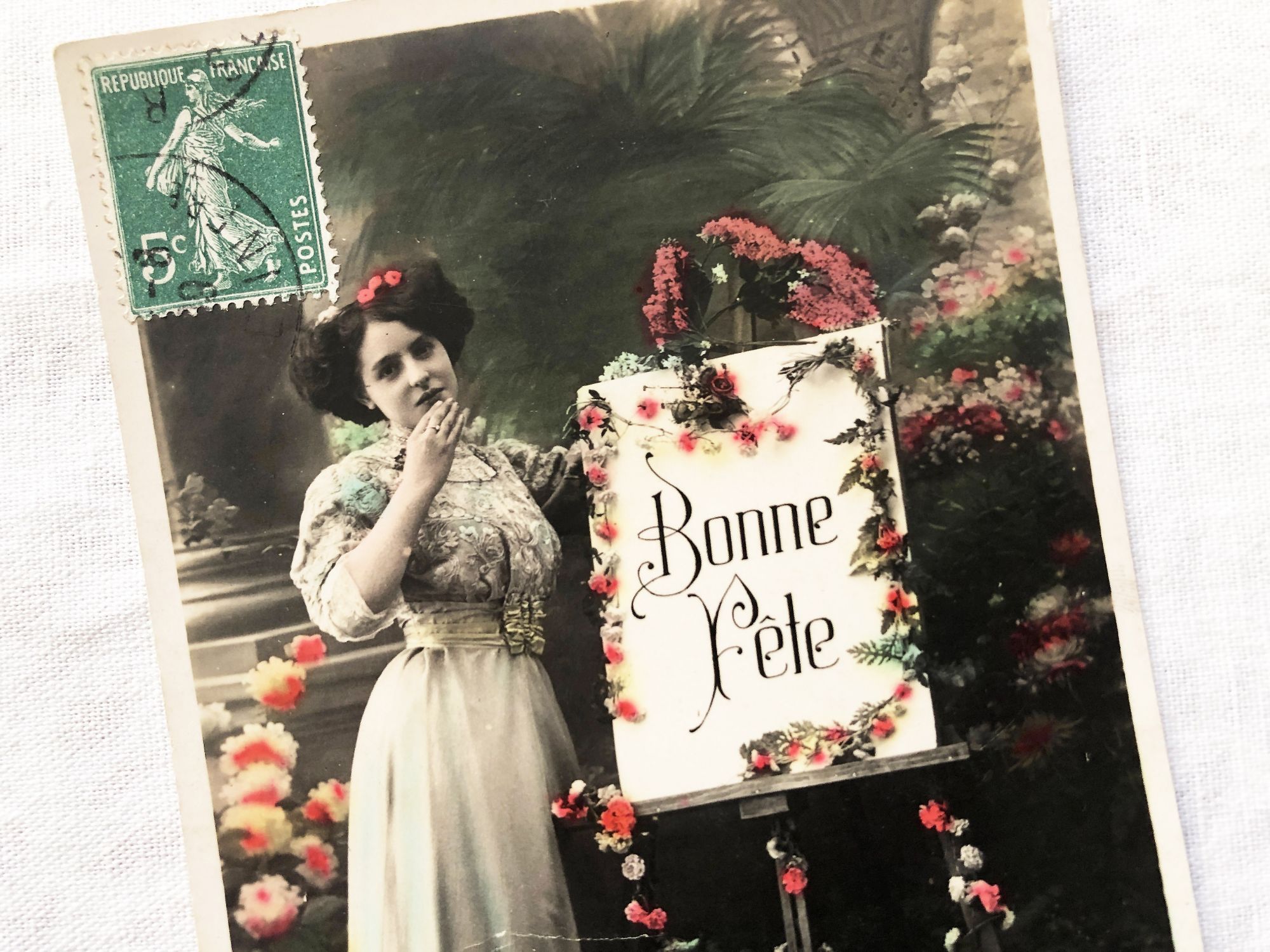
French weekly newspaper "Le Gaulois du Dimanche" of 1909...
Large 24-page French weekly newspaper "Le Gaulois du Dimanche" of September 1909 with beautiful Art Nouveau cover, many articles about history, fashion, arts, literature, music, kitchen, and many engravings and photos.
Le Gaulois is a daily French literary and political newspaper founded on July 5, 1868. It became the property of press boss Arthur Meyer and was published until 1929 before being merged with the Figaro. Due to it large size, this magazine will be sent folded in half.





